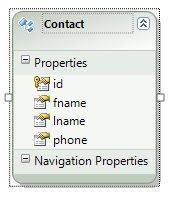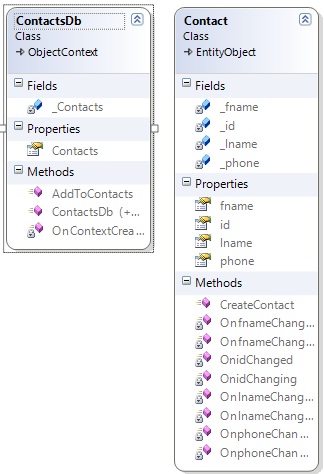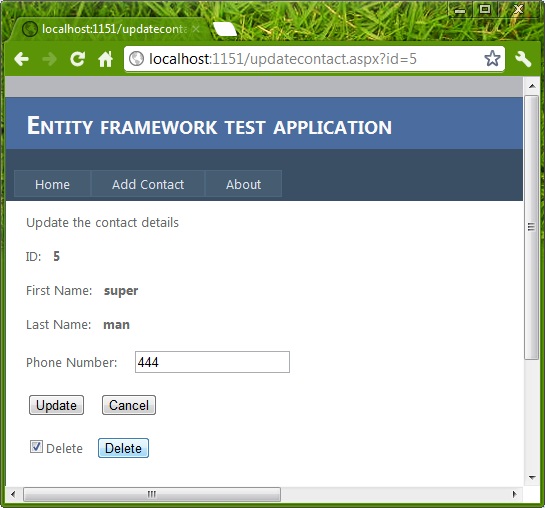1) What is Routing?
Routing is the process of finding a path on which data can pass from source to destination. Routing is done by a device called routers, which are network layer devices.
2) What is the purpose of the Data Link?
The job of the Data Link layer is to check messages are sent to the right device. Another function of this layer is framing.
3) What is the key advantage of using switches?
When a switch receives a signal, it creates a frame out of the bits that was extracted from that signal. With this process, it gains access and reads the destination address, after which it forwards that frame to the appropriate port. This is a very efficient means of data transmission, instead of broadcasting it on all ports.
4) When does network congestion occur?
Network congestion occurs when too many users are trying to use the same bandwidth. This is especially true in big networks that do not resort to network segmentation.
5) What is a Window in networking terms?
A Window refers to the number of segments that is allowed to be sent from source to destination before an acknowledgement is sent back.
6) Does a bridge divide a network into smaller segments?
Not really. What a bridge actually does is to take the large network and filter it, without changing the size of the network.
7) Which LAN switching method is used in CISCO Catalyst 5000?
This model uses the Store-and-forward switching method. It stores the entire frame to its buffers and performs a crc check before deciding whether or not to forward that data frame.
8 ) What is the role of the LLC sublayer?
The LLC sublayer, short for Logical Link Control, can provide optional services to an application developer. One option is to provide flow control to the Network layer by using stop/start codes. The LLC can also provide error correction.
9) How does RIP differ from IGRP?
RIP relies on the number of hops in order to determine the best route to a network. On the other hand, IGRP takes consideration many factors before it decides the best route to take, such as bandwidth, reliability, MTU and hop count.
10) What are the different memories used in a CISCO router?
- NVRAM stores the startup configuration file
- DRAM stores the configuration file that is being executed
- Flash Memory - stores the Cisco IOS.
11) What is BootP?
BootP is a protocol that is used to boot diskless workstations that are connected to the network. It is short for Boot Program. Diskless workstations also use BootP in order to determine its own IP address as well as the IP address of the server PC.
12) What is the function of the Application Layer in networking?
The Application Layer supports the communication components of an application and provides network services to application processes that span beyond the OSI reference model specifications. It also synchonizes applications on the server and client.
13) Differentiate User Mode from Privileged Mode
User Mode is used for regular task when using a CISCO router, such as to view system information, connecting to remote devices, and checking the status of the router. On the other hand, privileged mode includes all options that are available for User Mode, plus more. You can use this mode in order to make configurations on the router, including making tests and debugging.
14) What is 100BaseFX?
This is Ethernet that makes use of fiber optic cable as the main transmission medium. The 100 stands for 100Mbps, which is the data speed.
15) Differentiate full-duplex from half-duplex.
In full-duplex, both the transmitting device and the receiving device can communicate simultaneously, that is, both can be transmitting and receiving at the same time. In the case of half-duplex, a device cannot receive while it is transmitting, and vice versa.
16) What is MTU?
MTU stands for Maximum Transmission Unit. It refers to the maximum packet size that can be sent out onto the data line without the need to fragment it.
17) How does cut-through LAN switching work?
In Cut-Through LAN switching, as soon as the router receives the data frame, it will immediately send it out again and forward it to the next network segment after reading the destination address.
18) What is latency?
Latency is the amount of time delay that measures the point from which a network device receives a data frame to the time it sends it out again towards another network segment.
19) Utilizing RIP, what is the limit when it comes to number of hops?
The maximum limit is 15 hop counts. Anything higher than 15 indicates that the network is considered unreachable.
20) What is a Frame Relay?
Frame Relay is a WAN protocol that provides connection-oriented communication by creating and maintaining virtual circuits. It has a high performance rating and operates at the Data Link and Physical Layers.
21) How do you configure a Cisco router to route IPX?
The initial thing to do is to enable IPX routing by using the "ipx routing" command. Each interface that is used in the IPX network is then configured with a network number and encapsulation method.
22) What are the different IPX access lists?
There are two access lists: Standard and Extended. Standard Access List can only filter the source or destination IP address. An Extended Access List uses the source and destination IP addresses, port, socket and protocol when filtering a network.
23) Explain the benefits of VLANs.
VLANs allow the creation of collision domains by groups other than just physical location. Using VLANs, it is possible to establish networks by different means, such as by function, type of hardware, protocol, among others. This is a big advantage when compared to conventional LANs wherein collision domains are always tied to physical location.
24) What is subnetting?
Subnetting is the process of creating smaller networks from a big parent network. Being a part of a network, each subnet is assigned some additional parameters or identifier to indicate its subnet number.
25) What are the advantages of a layered model in the networking industry?
A layered network offers many advantages. It allows administrators to make changes in one layer without the need to make changes in the other layers. Specialization is encouraged, allowing the network industry to make progress faster. A layered model also lets administrators troubleshoot problems more efficiently.
26) Why is UDP lease favored when compared to TCP?
It's because UDP is unreliable and unsequenced. It is not capable of establishing virtual circuits and acknowledgements.
27) What are some standards supported by the Presentation layer?
Presentation layer supports many standards, which ensures that data is presented correctly. These include PICT, TIFF and JPEG for graphics, MIDI, MPEG and QuickTime for Video/Audio.
28) What's the simplest way to remotely configure a router?
In cases when you need to configure a router remotely, the most convenient is to use the Cisco AutoInstall Procedure. However, the router must be connected to the WAN or LAN through one of the interfaces.
29) What does the show protocol display?
- routed protocols that is configured on the router
- the address assigned on each interface
- the encapsulation method that was configured on each interface
30) How do you depict an IP address?
It can be done in three possible ways:
- using Dotted-decimal. For example: 192.168.0.1
- using Binary. For example: 10000010.00111011.01110010.01110011
- using Hexadecimal. For example: 82 1E 10 A1




















